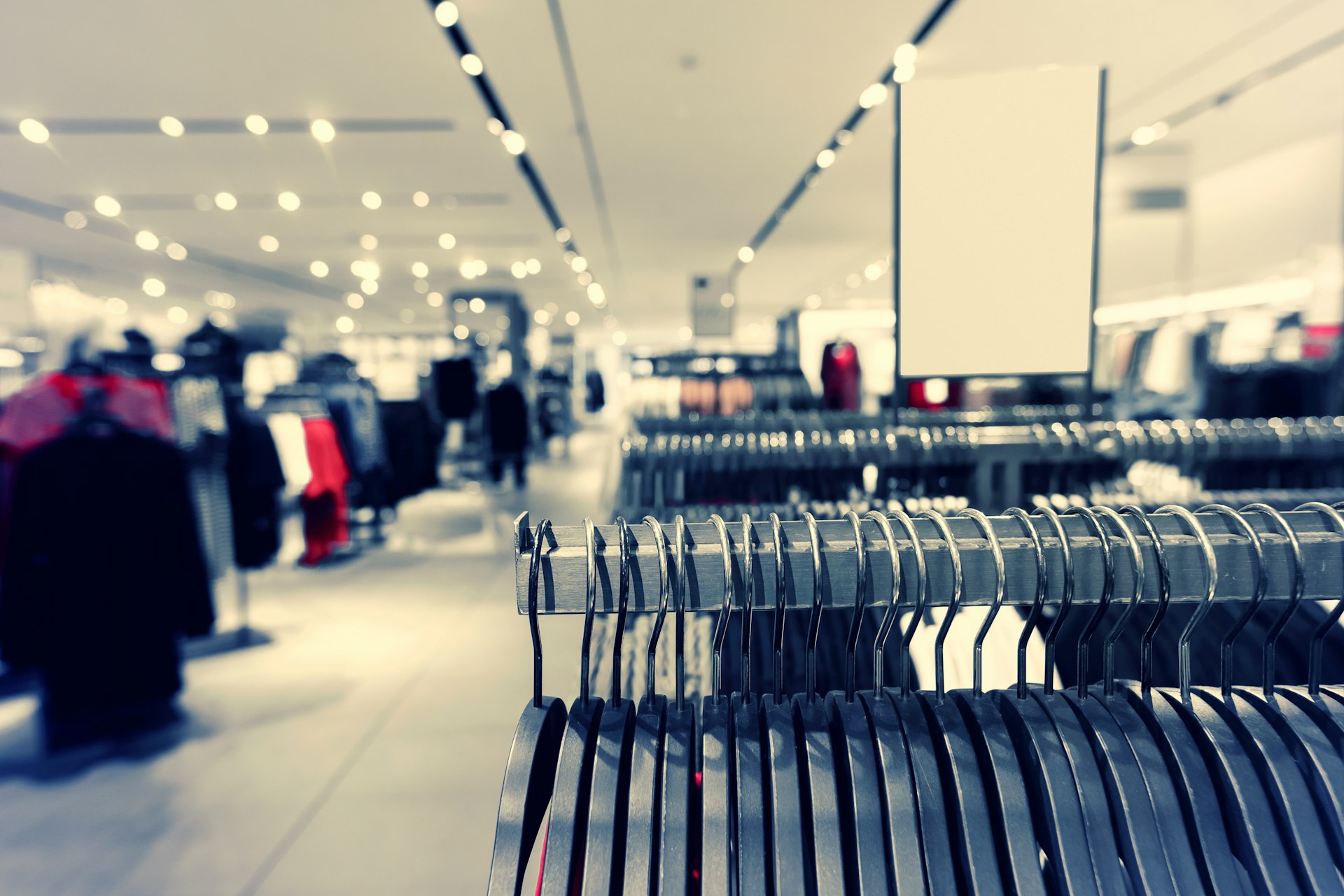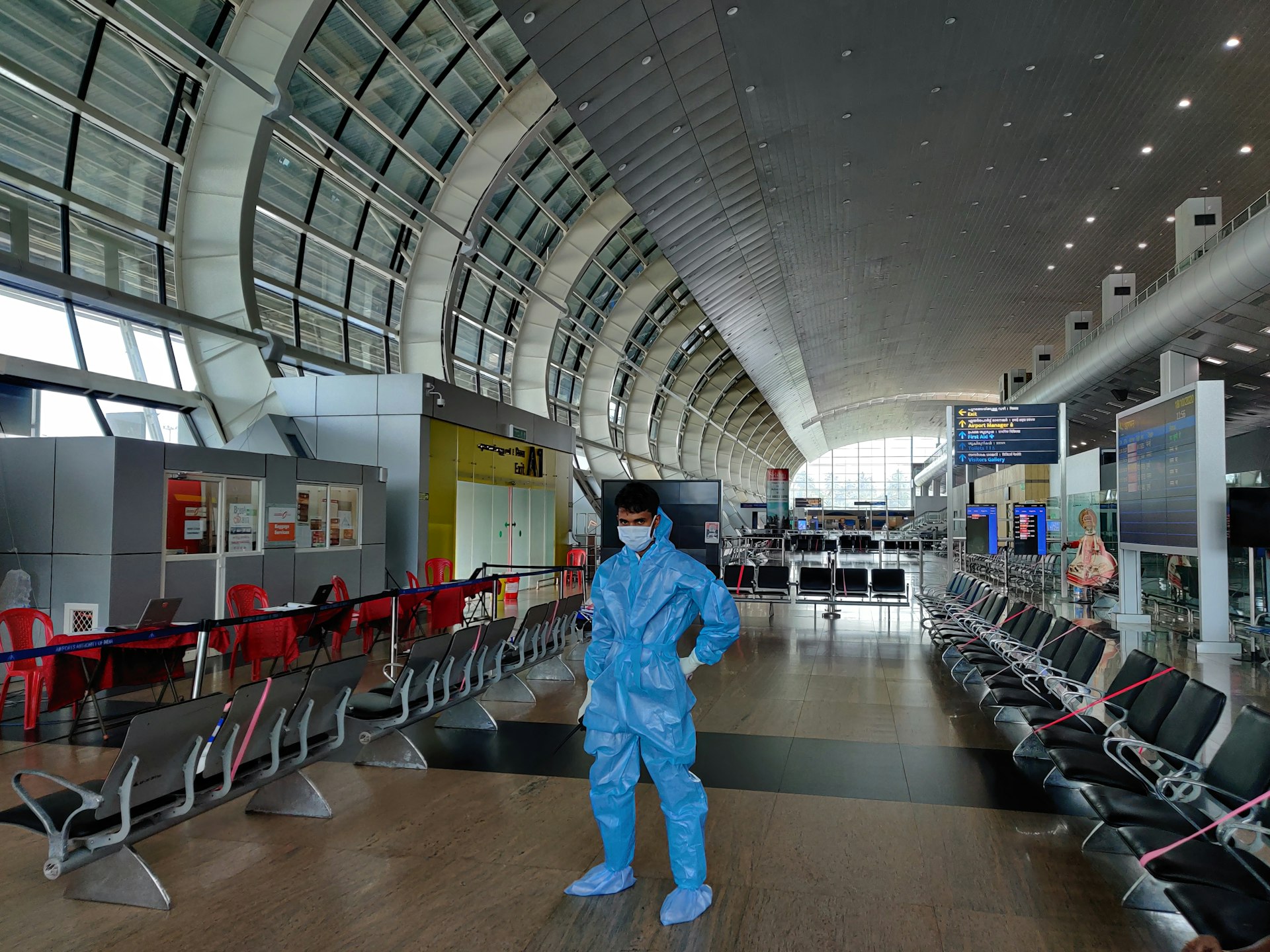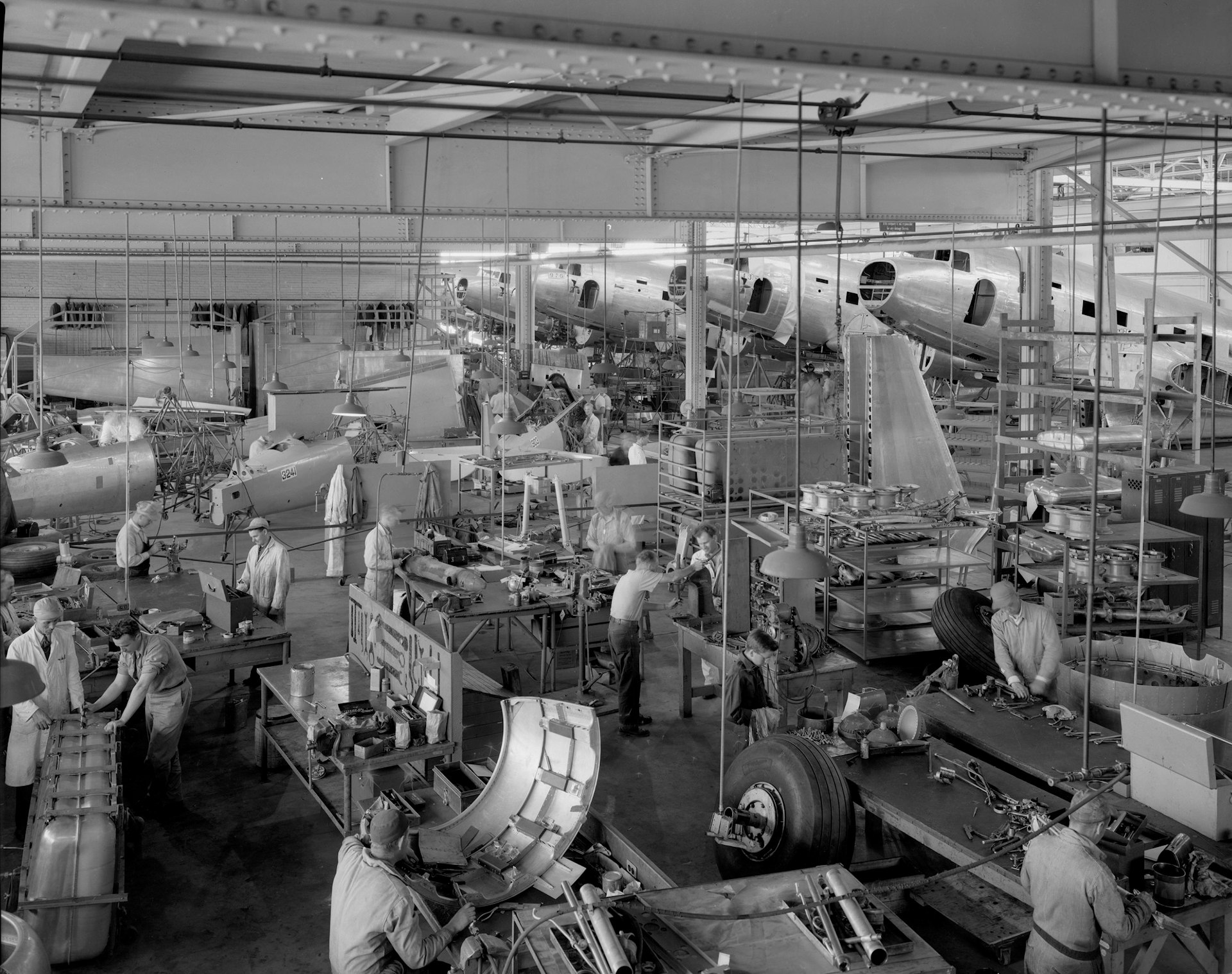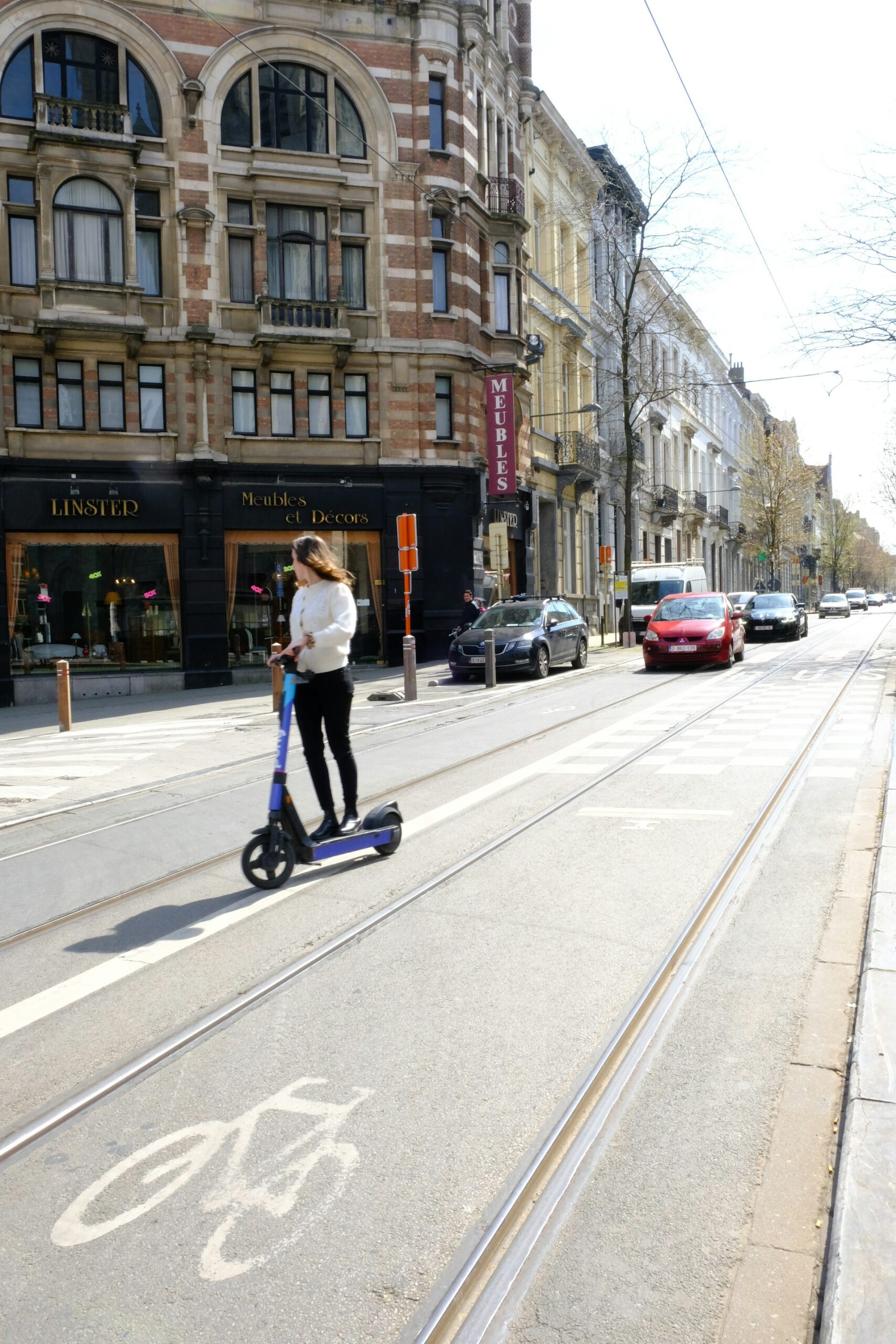How Luxury Resale Platforms Are Transforming Fashion Retail: Access, Sustainability, and Innovation

Photo by Christian Wiediger on Unsplash
Introduction: The Rise of Luxury Resale in Fashion Retail
The landscape of fashion retail is undergoing a significant transformation, driven by the rapid growth of luxury resale platforms . Once considered a niche market, the resale of high-end fashion is now a mainstream phenomenon that appeals to a global audience seeking exclusivity, sustainability, and greater value. As digital technologies and shifting consumer values reshape the industry, both established luxury brands and new entrants are leveraging resale platforms to connect with younger, digitally savvy shoppers and extend the lifecycle of designer goods [2] . This article explores the drivers, practical applications, and challenges of this evolving market-and provides actionable guidance for consumers and businesses alike.
Shifting Consumer Values: Affordability, Sustainability, and Individuality
A new generation of shoppers-primarily Millennials and Gen Z -is at the forefront of the luxury resale movement. These consumers prioritize both affordability and sustainability , viewing pre-owned goods as a responsible way to enjoy luxury fashion while minimizing environmental impact. Luxury resale platforms enable access to exclusive, rare, and vintage items that are often unavailable through traditional retail channels. The desire for unique, limited-edition pieces, coupled with a growing acceptance of pre-owned luxury, fuels demand and distinguishes the resale market from its primary counterparts [4] .
Practical steps for consumers interested in sustainable luxury fashion include:
- Researching reputable platforms that specialize in authenticating pre-owned goods.
- Exploring “item verification services” offered by platforms such as Vinted and The RealReal to ensure authenticity [1] .
- Engaging with platform loyalty programs, such as The RealReal’s FirstLook, for early access to exclusive drops and curated sales.
Authenticity remains a top concern; consumers should use platforms with robust authentication and return policies for added peace of mind [4] .
Market Growth and Economic Impact
The luxury resale market has shown remarkable resilience and growth, even during periods when the traditional luxury sector faced slowdowns. In 2024, the global luxury resale market was valued at approximately $32.47 billion, with projections estimating it will surpass $50 billion by 2030, growing at a compound annual growth rate (CAGR) of 7-10% depending on the source [4] [5] . The U.S. market alone was valued at $8.65 billion in 2024 and is projected to reach over $13 billion by 2030 [3] . These figures underscore the growing acceptance and demand for secondhand luxury goods.

Photo by tommao wang on Unsplash
For those looking to participate in this market, whether as a buyer or seller, consider:
- Evaluating market trends and preferred brands within the resale ecosystem.
- Understanding platform fee structures and seller protections.
- Utilizing available data to determine best-selling categories and the potential return on investment for consigned goods.
Technology and Platform Innovation
Luxury resale platforms are investing heavily in technology to improve user experience, trust, and operational efficiency. Advancements include:
- AI-powered authentication : Platforms like The RealReal and Vestiaire Collective use artificial intelligence and blockchain technology to verify product authenticity and combat counterfeiting [4] .
- Personalized recommendations : Automation and data analytics help curate selections tailored to individual tastes and shopping history.
- Integrated digital storefronts : Partnerships, such as Amazon Fashion Europe’s collaboration with HEWI, allow mainstream e-commerce platforms to offer curated luxury resale sections, expanding reach and convenience [1] .
To leverage these innovations, shoppers can:
- Sign up for platform newsletters for updates on new features and exclusive drops.
- Download mobile apps for real-time alerts and easier browsing.
- Participate in platform feedback programs to influence future feature development.
Brand Partnerships and Industry Collaboration
Luxury resale is increasingly intersecting with established fashion brands through partnerships and integrated resale-as-a-service (RaaS) offerings. Notable collaborations include:
- ThredUP and Rebag partnering to allow cross-platform buying and selling, with Rebag customers able to resell on thredUP for shopping credit, and thredUP users able to access Rebag inventory [3] .
- Vinted’s acquisition of Rebelle, introducing enhanced verification and seller tools for higher-value luxury items [1] .
For brands and retailers interested in joining the resale movement, the following steps can be considered:
- Explore opportunities to integrate with established resale platforms through RaaS programs.
- Develop in-house buyback or trade-in schemes to retain brand value and customer loyalty.
- Invest in digital infrastructure that supports seamless resale and authentication workflows.
Challenges include managing logistics for returns and verifications, safeguarding against counterfeits, and maintaining brand equity in a secondary marketplace.
How to Access Luxury Resale Services: Step-by-Step Guidance
If you are looking to buy or sell luxury fashion through reputable resale platforms, follow these steps:
- Research Platform Reputation: Look for platforms with a proven track record for authenticity and customer service, such as The RealReal, Vestiaire Collective, or ThredUp. You can search for recent reviews and ratings on industry forums and trusted review sites.
- Register an Account: Visit the official website of your chosen platform and create an account using your email address and a secure password. Be prepared to verify your identity for high-value transactions.
- Understand Authentication Processes: Review each platform’s authentication guarantee and the steps they take to prevent counterfeits. Many platforms offer detailed guides and FAQs on their official sites.
- List or Shop for Products: If selling, follow the platform’s instructions for submitting photos, descriptions, and provenance documentation. If buying, use filters to explore categories, designers, and price ranges.
- Use Verification Services: For particularly valuable or rare items, opt for additional verification or escrow services if available.
- Review Payment and Return Policies: Read the terms for each sale or purchase, including commission fees, shipping, and returns. Customer support channels are typically accessible via the platform’s help center.
If you are unable to find a specific service, consider contacting the platform’s customer support or searching for official platform help centers. For updates on new services or partnerships, follow the official company blogs or press release sections.
Challenges and Solutions in the Luxury Resale Ecosystem
Despite rapid growth, the luxury resale market faces several ongoing challenges:
- Counterfeit Prevention: The risk of counterfeit goods remains a primary concern. Leading platforms are addressing this through advanced authentication technologies, partnerships with brands, and transparent customer education [4] .
- Logistics and Returns: Managing the logistics of high-value fashion items, including shipping, insurance, and returns, is complex. Platforms mitigate risk by offering insured shipping and clear return policies.
- Maintaining Brand Equity: Brands worry about losing control over their image. By partnering with established resale platforms and offering certified pre-owned programs, they can maintain quality standards and brand reputation.
For consumers, it is important to:
- Be vigilant regarding authenticity guarantees and seller ratings.
- Insist on transparent return and refund policies before purchasing.
- Engage with customer service for clarifications on high-value transactions.
Alternatives and Future Directions
While established platforms dominate the market, alternative approaches include local consignment stores, boutique resale shops, and private sales through trusted networks. However, these routes may lack the digital safeguards and reach of major online platforms. As technology continues to evolve, expect further integration of AI, blockchain, and even virtual try-on features to enhance buyer confidence and convenience.
For those seeking new opportunities, stay informed by subscribing to newsletters from leading platforms, following industry news, and monitoring regulatory updates on sustainability and consumer protection.
References
- [1] AECEGY (2025). Three trends shaping the global fashion resale market in 2025.
- [2] Michigan Journal of Economics (2025). How Resale is Reshaping Luxury Markets.
- [3] BusinessWire (2025). United States Luxury Resale Market Research Report 2025-2030.
- [4] GlobeNewswire (2025). Luxury Resale Market Report 2025-2030.
- [5] Swap Commerce (2025). How Fast-Growing Luxury Resale Is Reshaping Ecommerce and Sustainability.
MORE FROM ismath.net













